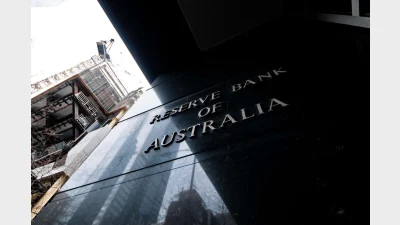Group risk records strong performance



Life insurance risk market inflows have grown 10.4 per cent over the year to reach $9.5 billion, buoyed by a large increase in sales of the group risk market.
The latest Plan For Life data shows that over the year to March 2011 both inflows and sales in the life insurance risk market have experienced strong growth, with almost all of the major players recording double-digit percentage growth.
Overall, AIA recorded the biggest jump in sales with 45 per cent, followed closely by AMP (29 per cent) and TOWER (18 per cent).
But it was TOWER that experienced the largest increase in premium inflows with 28 per cent growth, followed by AIA Australia (16 per cent) and OnePath Australia (10 per cent).
Premium inflows into the group risk market experienced the highest growth of any sub-market at 12 per cent, with significant percentage increases experienced by both TOWER (53 per cent) and AIA (15 per cent).
Sales in this sub-market jumped by almost 20 per cent, although the report stated this was likely to be fuelled by the cyclical remarketing nature of the business.
AMP led the way in sales with 219 per cent growth — but it must be noted that this was off a relatively low base, and due to a change in their reporting method.
Market leaders AIA also experienced strong growth of 62 per cent, followed by TOWER with 34 per cent.
Inflows to the individual risk lump sum market grew by almost 10 per cent, with all companies reporting higher inflows. These were led by AIA (19 per cent), Zurich (13 per cent) and OnePath (11 per cent).
The individual risk income market also experienced inflow growth of 9.5 per cent, with BT leading the way at 23 per cent, followed by AIA (19 per cent) and OnePath (16 per cent).
Recommended for you
Governor Michele Bullock took a more hawkish stance on Tuesday, raising concerns over Donald Trump’s escalating tariffs, which sent economists in different directions with their predictions.
Equity Trustees has announced the appointment of Jocelyn Furlan to the Superannuation Limited (ETSL) and HTFS Nominees Pty Ltd (HTFS) boards, which have oversight of one of the companies’ fastest growing trustee services.
Following growing criticism of the superannuation industry’s influence on capital markets and its increasing exposure to private assets, as well as regulators’ concerns about potential risks to financial stability, ASFA has released new research pushing back on these narratives.
A US-based infrastructure specialist has welcomed the $93 billion fund as a cornerstone investor.












